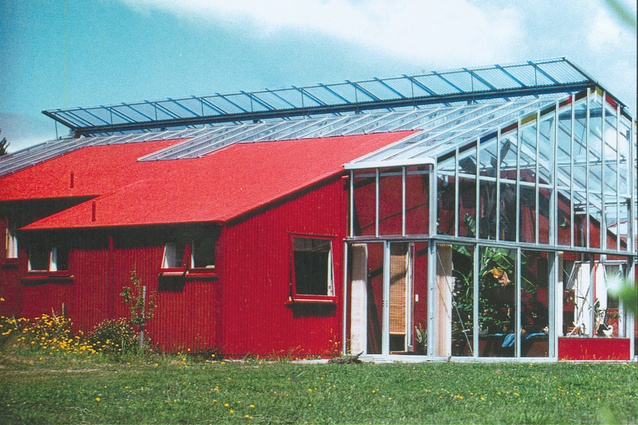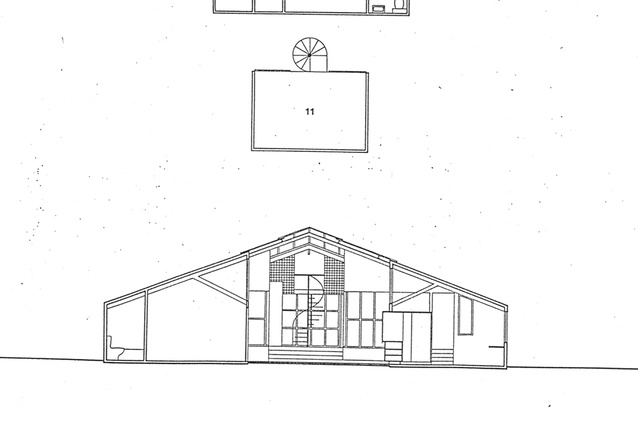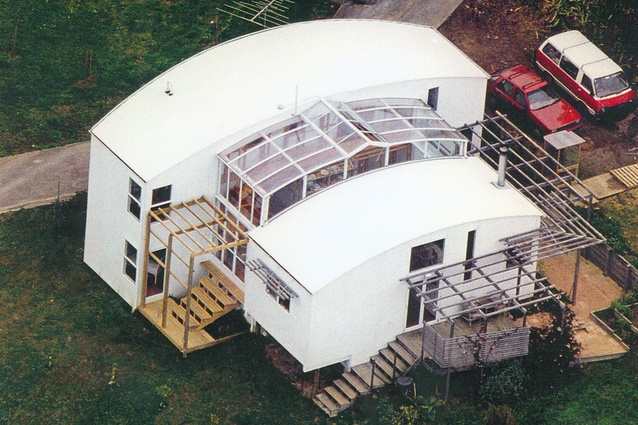Obituary: Nigel Cook
Nigel Cook, architect of houses for the New Zealand environment, urban activist, beloved father and good friend, and lover of books, died on 11 June 2023.
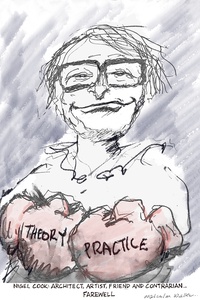
Nigel was born in 1929 in Kaponga to a family of Methodist Fabians. Following the death of his mother, he spent nearly seven years on a boarding scholarship at Dilworth School, which he loathed, but Auckland became the place he felt was home.
Oakley Sargeson, who owned a farm with Nigel’s uncle, and Nigel’s own love of poetry, became bridges to Auckland-based novelists, architects, poets and painters who were interested in ‘who we are’ in these islands in the Southern Pacific. He was also influenced by the high culture of mid-century academic émigrés driven here by WWII. For him, modernism always had to be both a marvellous style and a programme of social reform.
The profession had to make room for young Māori, as it had done for women, he stated, and he mourned the poverty and destruction with which neoliberal greed has replaced our social democracy. He was never afraid to bite the monied hand that might feed him, nor afraid to criticise his own community.
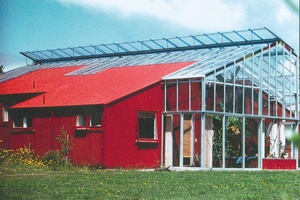
After escaping early sojourns in the Ministry of Works and Fletchers, Nigel began designing ‘wind-rain’ houses, using the Kiwi vernacular of corrugated iron with a high-tech, innovative approach to homes designed for the New Zealand environment — rather than local copies of global trends. He described them as “glass and insulating-canopy and computer-monitored houses. … I am trying to create a house skin that can respond dynamically to changes in the outside climate so those three elements will produce a comfortable but actual interior climate.”
Nigel was always actively involved in architectural and planning politics. At the University of Auckland in the 1960s, he was asked to be president of the Architectural Students’ Association. He went on to become president of the Architectural Centre in 1975 and 1976, was involved in public debates about Wellington planning and, after the Ministry of Works, was involved in setting up the Housing Commission. Back in Auckland in the late 1980s, he joined the struggle to stop the Britomart Scheme, was a founder of Urban Auckland and wrote, often scathing, articles on urban design for the press.
The last few years of his life were spent in Wellington, reading and arguing with his five children and his friends. He is greatly missed.


